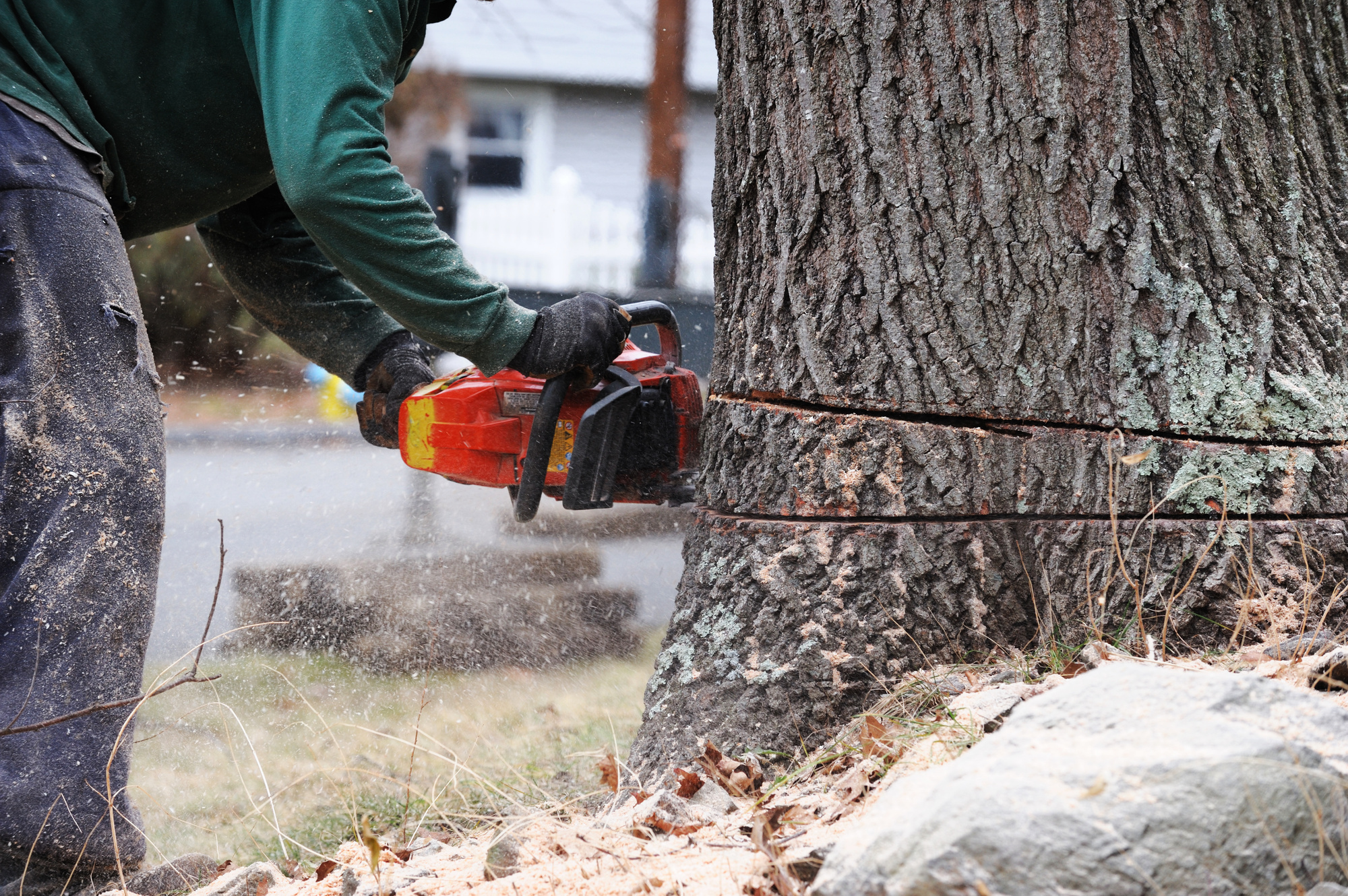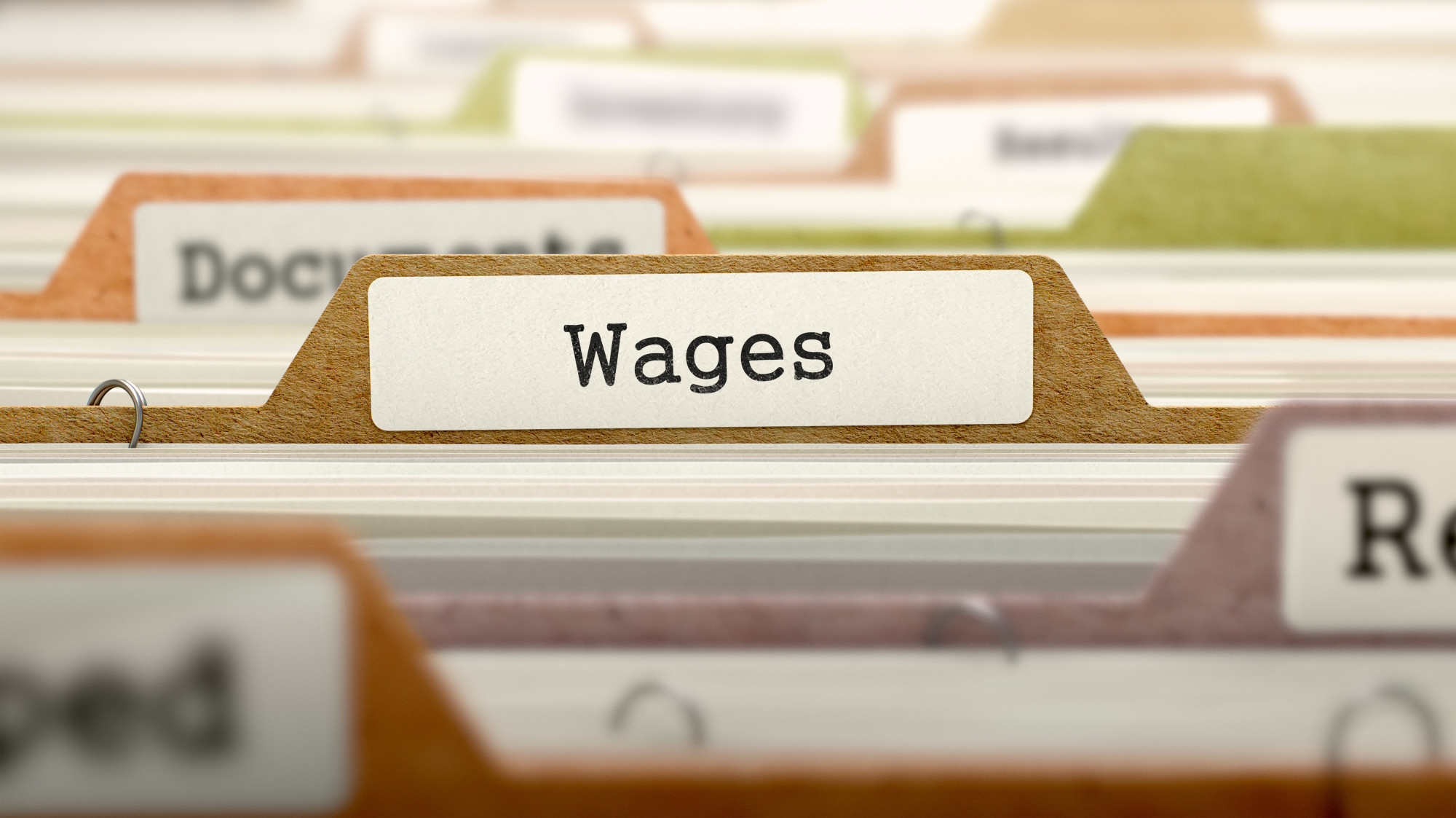Environmentally friendly businesses are becoming the stars of the business world. They make a profit while creating a better environment and communities.
Governments also support companies that have green practices. This is because they prevent pollution and help citizens to be healthier.
One benefit that startups have over established businesses is that they can use the latest innovative ways of doing business. Some larger businesses have already built and established costly operations.
If you want your business to go green then keep reading. Here are 7 tips on how your startup can become an environmentally friendly business.
Why It Pays to Be an Environmentally Friendly Business
It may seem like running a green business would be costly but it saves money and is beneficial in several ways. First of all, employees love working for a company that improves the environmental and social conditions of the communities it operates in. It gives them a sense of purpose and moral fulfillment.
Millennials, in particular, are attracted to these types of companies. Employees that practice sustainable living also tend to be healthier, happier and more productive.
Going green also goes a long way with customers, especially those that also value sustainable living. Giving environmentally safe advice to customers helps them save money on reduced energy costs which makes them repeat customers.
Green companies increase their profits by reducing the number of their utility bills. Sustainable practices within companies can help reduce the usage of water and energy. This often ends up reducing expenses.
1. Conduct An Environmental Audit
Whether you are in the planning stages of your startup or it has already started operations, conducting an environmental audit will help you incorporate green practices into your business model. It may be best to hire an environmental audit firm or consultant to help you assess your business. From there you can come up with the best sustainable solutions for you.
You could try using solar power to cut down on electric bills. A water recycling system to save the environment is also an option. Keep in mind that small steps can make big differences.
2. Use Recyclable Products
Be sure that all your supplies are made from recyclable material. This would mean avoiding BPA plastics and using paper and packing boxes made from recycled biodegradable paper. Your products should also make use of waste.
Give materials that have reached the end of their useful life a second chance to be of service. For example, if you are a furniture company you can find creative ways to use discarded wood or old tires to make beautiful furniture.
Sustainable packaging could also save your company a lot of money while helping the environment. Also, use the least amount of packaging possible and eliminate it when not needed.
3. Create Ways for Employees to Recycle
Your offices should find creative ways to recycle most of your trash. Provide recycling bins for glass, plastics, paper and bottle tops and train staff on what and how to recycle. Consider also partnering with businesses in the area that may specialize in recycling and sustainable waste removal.
4. Reward Sustainable Practices
Reward employees when they do something “green”. This encourages them to practice green habits. For example, employees that cycle to work could get green points that buy them lunch at the staff cafeteria.
Employees that carpool to work could get fuel vouchers. You could also reward individuals that suggest green alternatives to how you operate the business. Those with ideas that get implemented could get a percentage of any cost savings.
Also, reward customers for supporting your green initiatives. For example, if you run a coffee shop you could charge less for takeaway coffee for customers that use their own cups rather than disposable cups. Also, retail stores could give points to customers that use their recyclable bags for packaging rather than using plastic bags from the supermarket.
5. Reduce Paper Usage
Technology has made it possible for companies to eliminate the need for printing. This saves a lot of money while also saving the environment. Most financial reports can now be processed online.
Business presentations can also be done via the computer and websites have helped reduce the need for company brochures. Using applications like Google docs also reduces the need for printing. Meanwhile increasing collaboration amongst team members working on the same document.
6. Have a Company Green Team
To promote green practices across the organization you can have a green team. This would be a group of individuals from different departments that would monitor and promote green practices throughout the company.
The “green committee” could also organize community activities outside the company. This would show further your commitment to sustainable development. For example, they could arrange a clean up of the surrounding area or hold a recycling awareness day for the community.
7. Use Environmentally Friendly Subcontractors
Subcontractors that don’t follow your green practices could derail your plans. To ensure that you don’t violate your green values make sure that your partners and subcontractors are also committed to sustainable business practices.
There are environmentally friendly service providers in for almost every service you need. For instance, if you need cleaning services for your offices you can choose a green cleaning company like White Stag Janitorial.
Environmentally Friendly Businesses Are the Future
Most states now expect companies to follow sustainable practices in their operations. Not only is it the morally right thing to do to run a green company but it is also now a legal requirement.
Turning your start-up into an environmentally friendly business is the right strategy for surviving the current and future business environments. For more tips and information, check out our blog.










